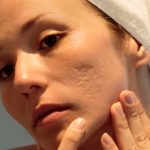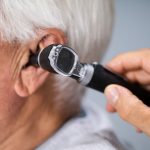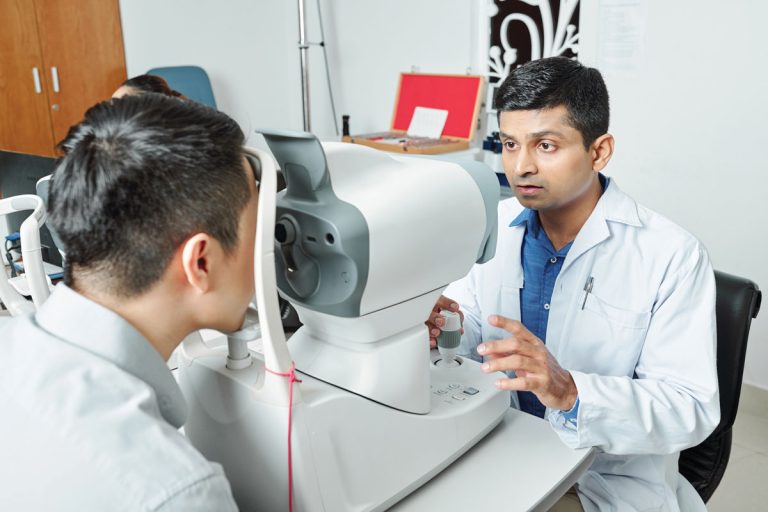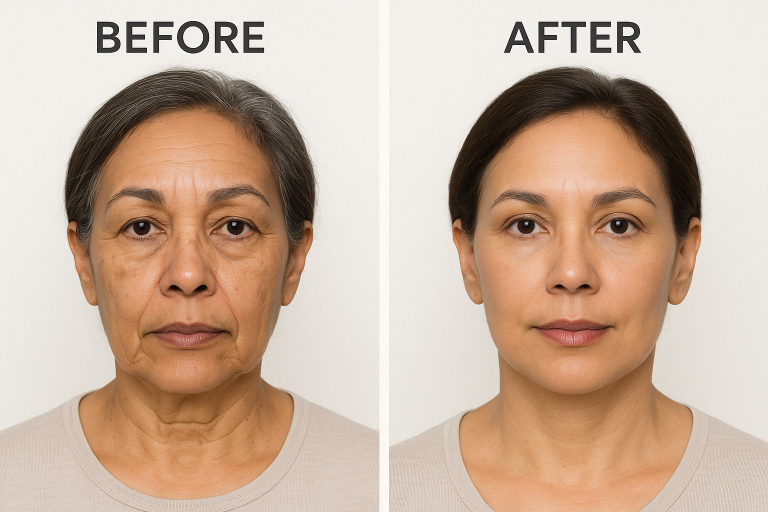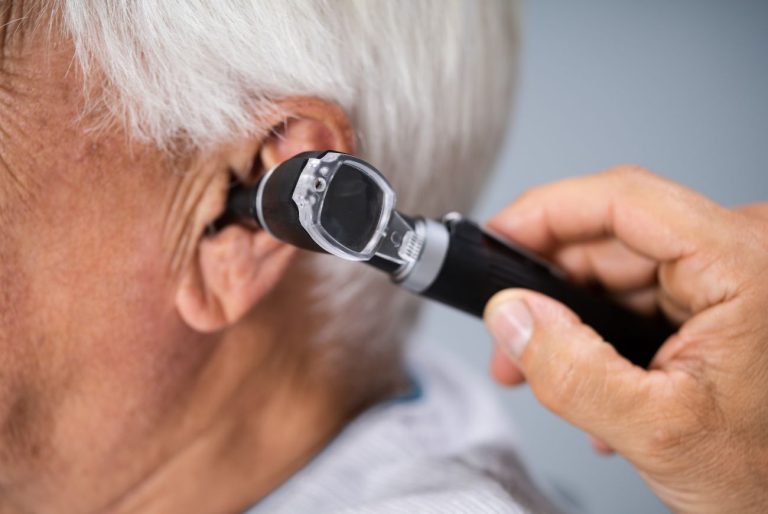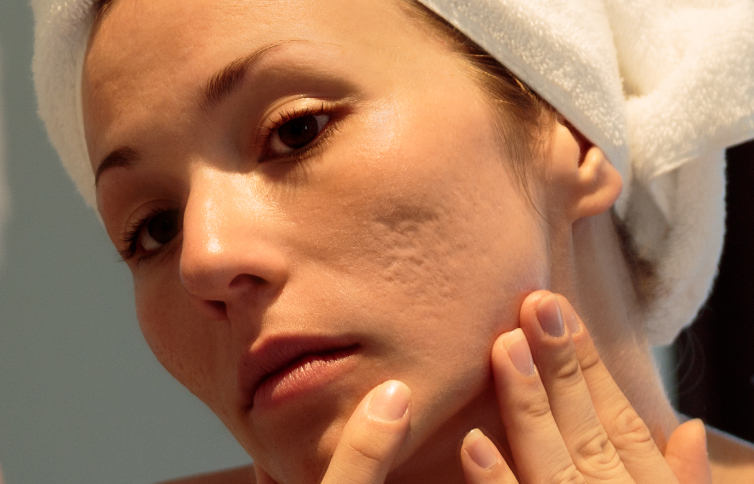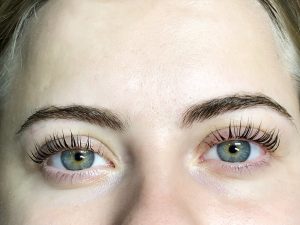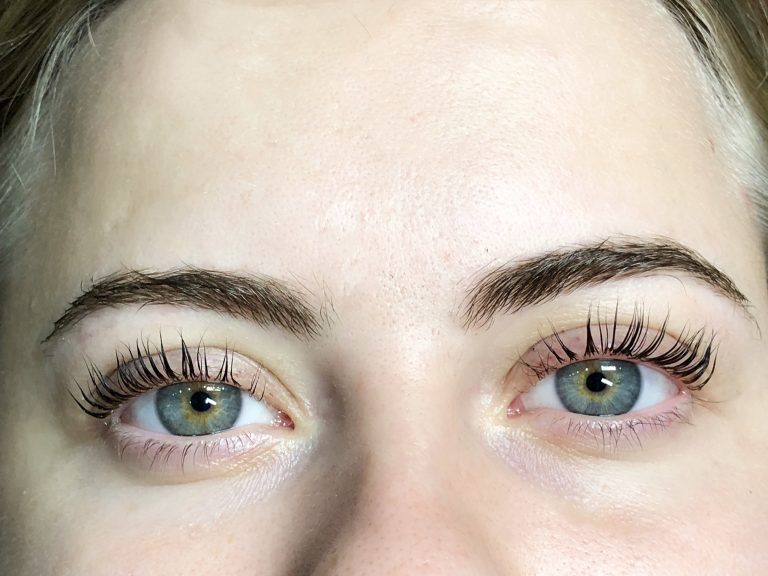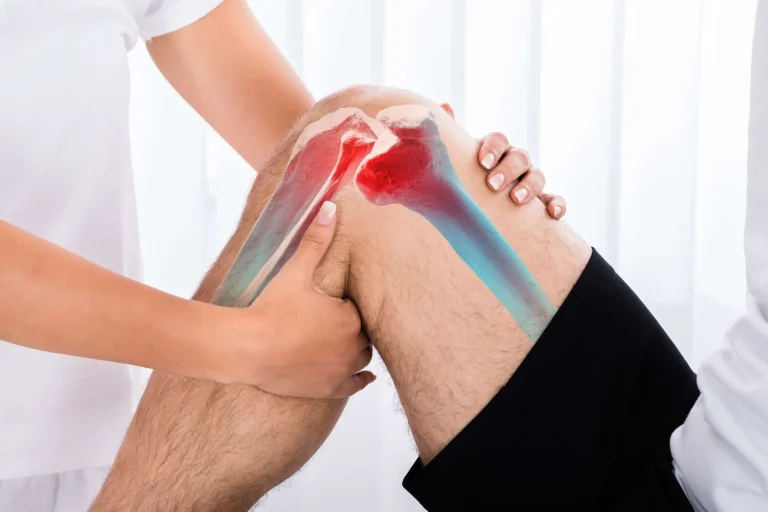Modern health and wellness keys like cryotherapy are becoming more popular. Cryotherapy can aid athletes recover from rigorous training or relieve discomfort. The treatment contains briefly exposing the body to extremely cold temperatures to increase natural healing. Cryotherapy has helped many ACL tear patients recover faster and lessen irritation. This beginner’s introduction to cryotherapy explains what it is, how it works, and whether it’s good for you.
Understanding Cryotherapy
Cryotherapy uses low temperatures in medicine. It can be localized or whole-body, where a person enters a sub-zero chamber. Cold is used to constrict blood vessels, reduce edema, and produce endorphins. Advanced cryotherapy uses technology to maintain consistent temperatures for better results than ice packs and cold compresses.
How Cryotherapy Works
Cryotherapy involves two to four minutes at -200°F. Blood rushes to the core to maintain organ temperature during exposure. Blood with oxygen, enzymes, and nutrients returns to the extremities after the exercise. Besides reducing inflammation, this procedure aids muscle repair, pain reduction, and overall health. The cold shock releases mood-boosting chemicals, making it a popular sports medicine and wellness treatment.
Benefits of Cryotherapy
Cryotherapy has numerous health benefits. It helps athletes improve faster and lessen muscle distress after powerful workouts. Cryotherapy reduces nerve activity that causes chronic pain, providing relief in regular sessions. Dermatology uses it to rejuvenate skin because cold stimulates collagen production. Proponents say it may promote metabolism and sleep quality, making it a complete physical and mental health treatment.

Who Should Try Cryotherapy?
Cryotherapy is suitable for many people, but not all. It may benefit athletes, fitness enthusiasts, and those healing from surgery or injury. It helps arthritis sufferers also. Before considering cryotherapy, anyone with heart issues, uncontrolled high blood pressure, or cold sensitivities should visit a doctor. Personalized medical guidance is needed to decide if this treatment fits your health and goals.
Some Cryotherapy Treatments
Several cryotherapy therapies exist. Handheld devices or probes deliver local cryotherapy to knees and shoulders. Whole-body cryotherapy includes entering a chamber with extremely cold air. Cryo facials tighten and revitalize skin. Each type helps a different drive and has unique benefits liable on the user’s needs. Understanding the difference between these choices helps in choosing the right treatment for your specific concerns.
Session Expectations
Your first cryotherapy session can be an unusual experience. You will typically modification into defensive clothing that covers your limits while leaving the rest of your body unprotected to the cold. The session is short but strong, and you might feel burning or coldness during the exposure. Afterward, a warm feeling usually follows as blood flows back to your limbs. Many users report an instant sense of attentiveness and invigoration post-session. It’s significant to follow safety guidelines and choose a trustworthy facility with trained staff to ensure a safe experience.
Cryotherapy presents a convincing option for those looking to progress physical recovery, lessen irritation, and enhance overall comfort. It’s mostly attractive to individuals with active lifestyles, chronic pain problems, or appealing fears. However, like any therapy, it should be advanced with informed judgment and medical session. Whether you’re a sportsperson or someone recovering from an injury such as an ACL tear, cryotherapy could offer the additional support your body needs to heal more proficiently and feel energized.

